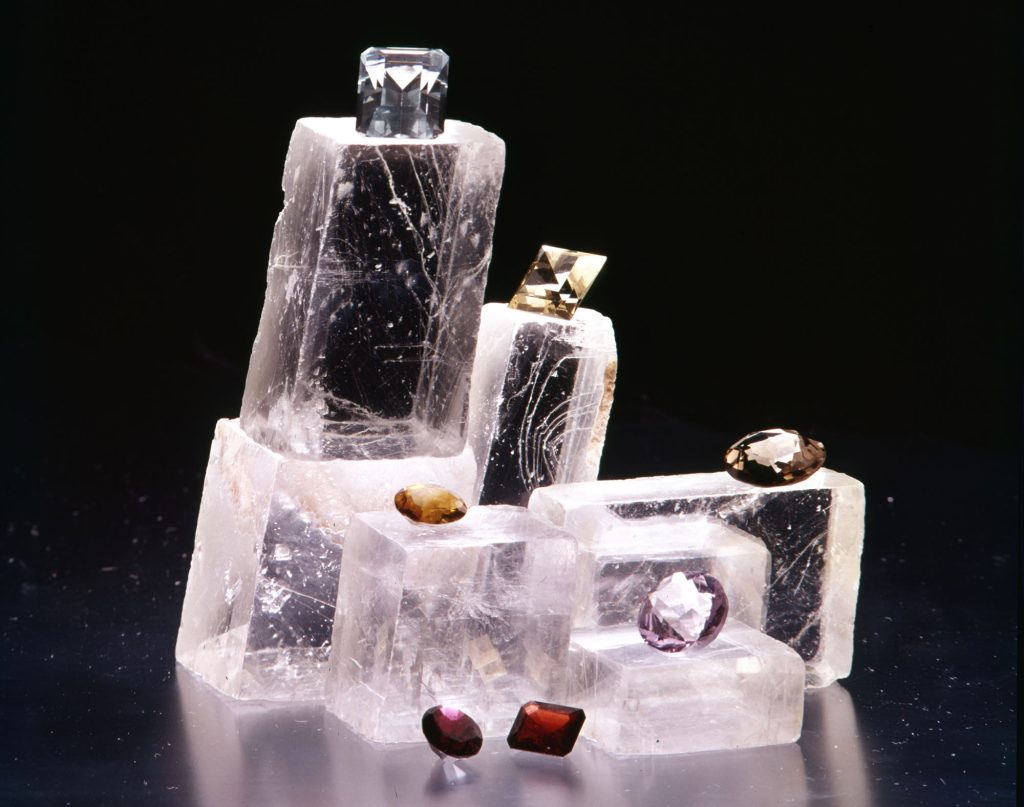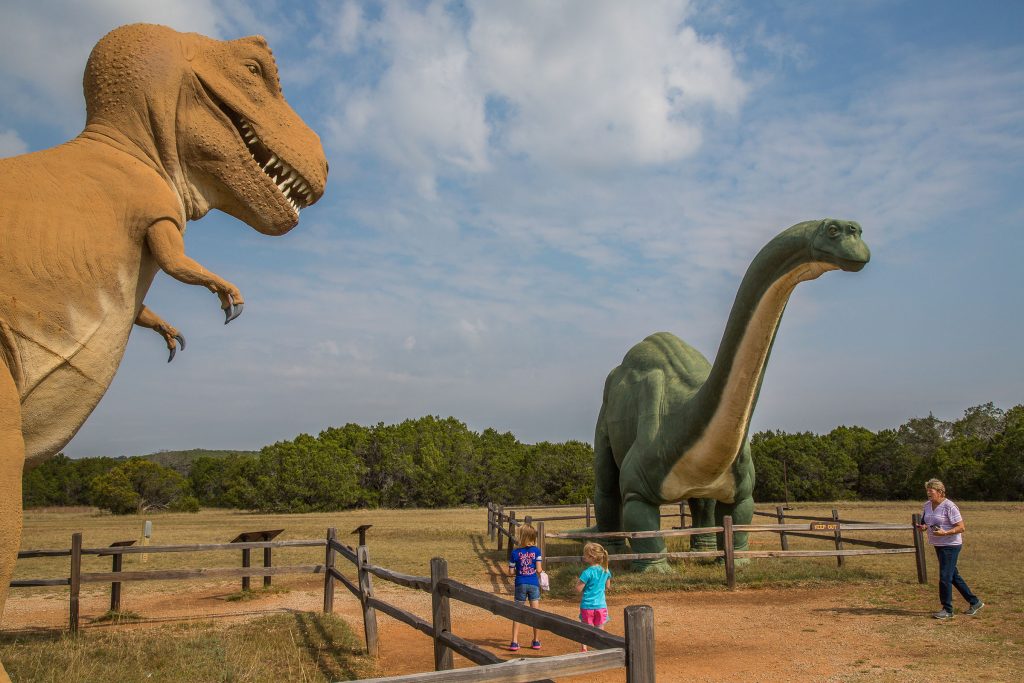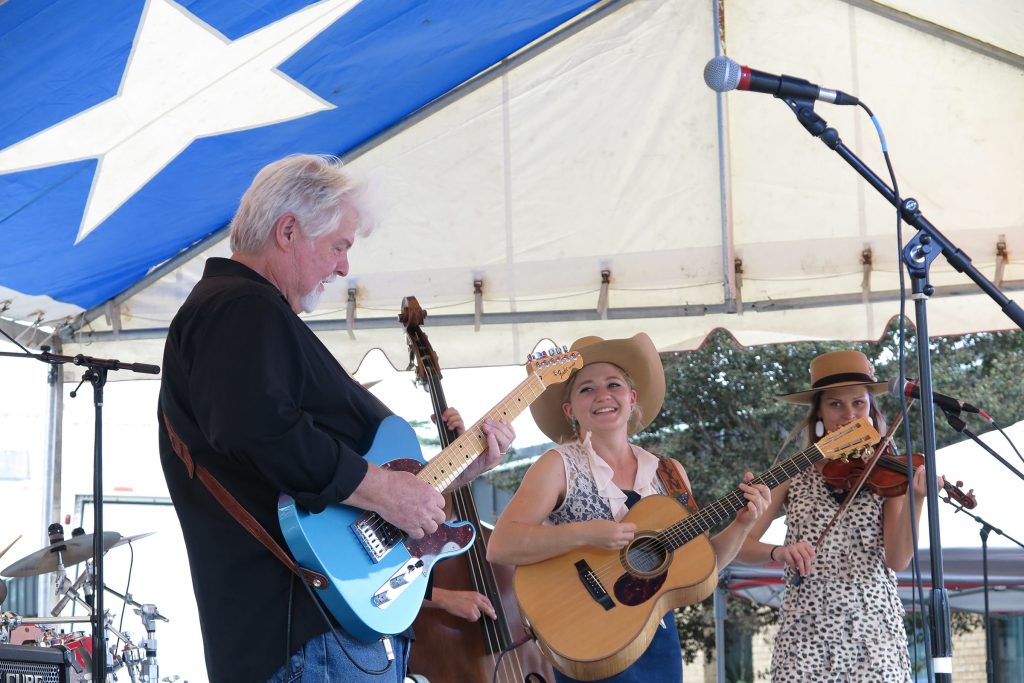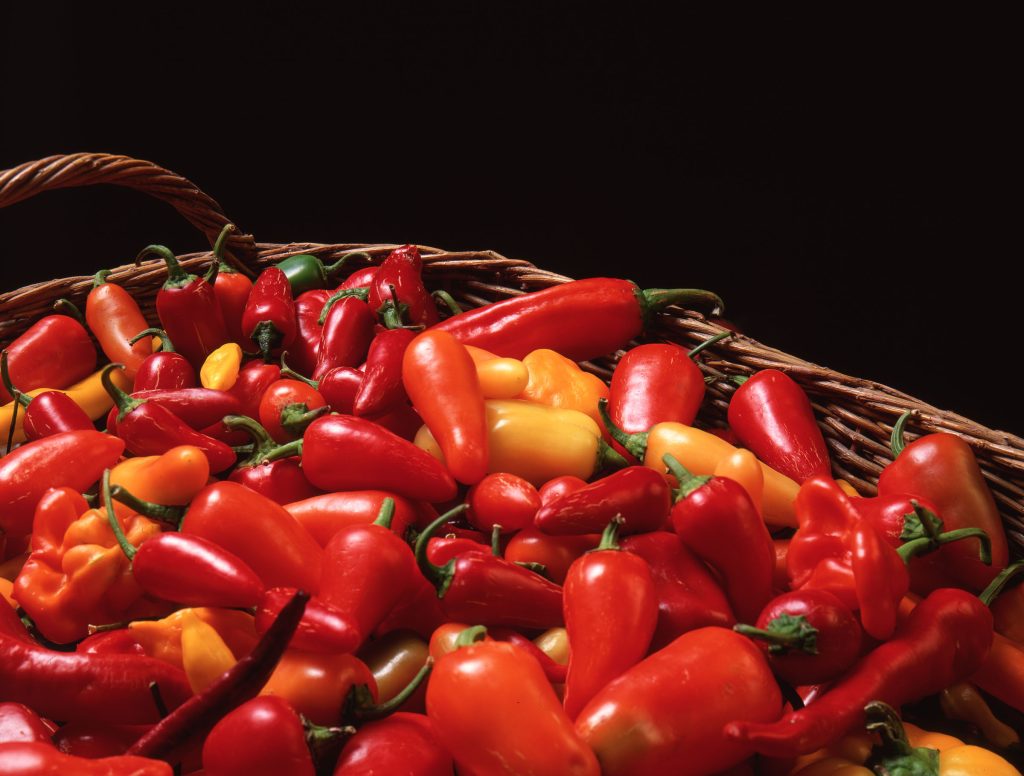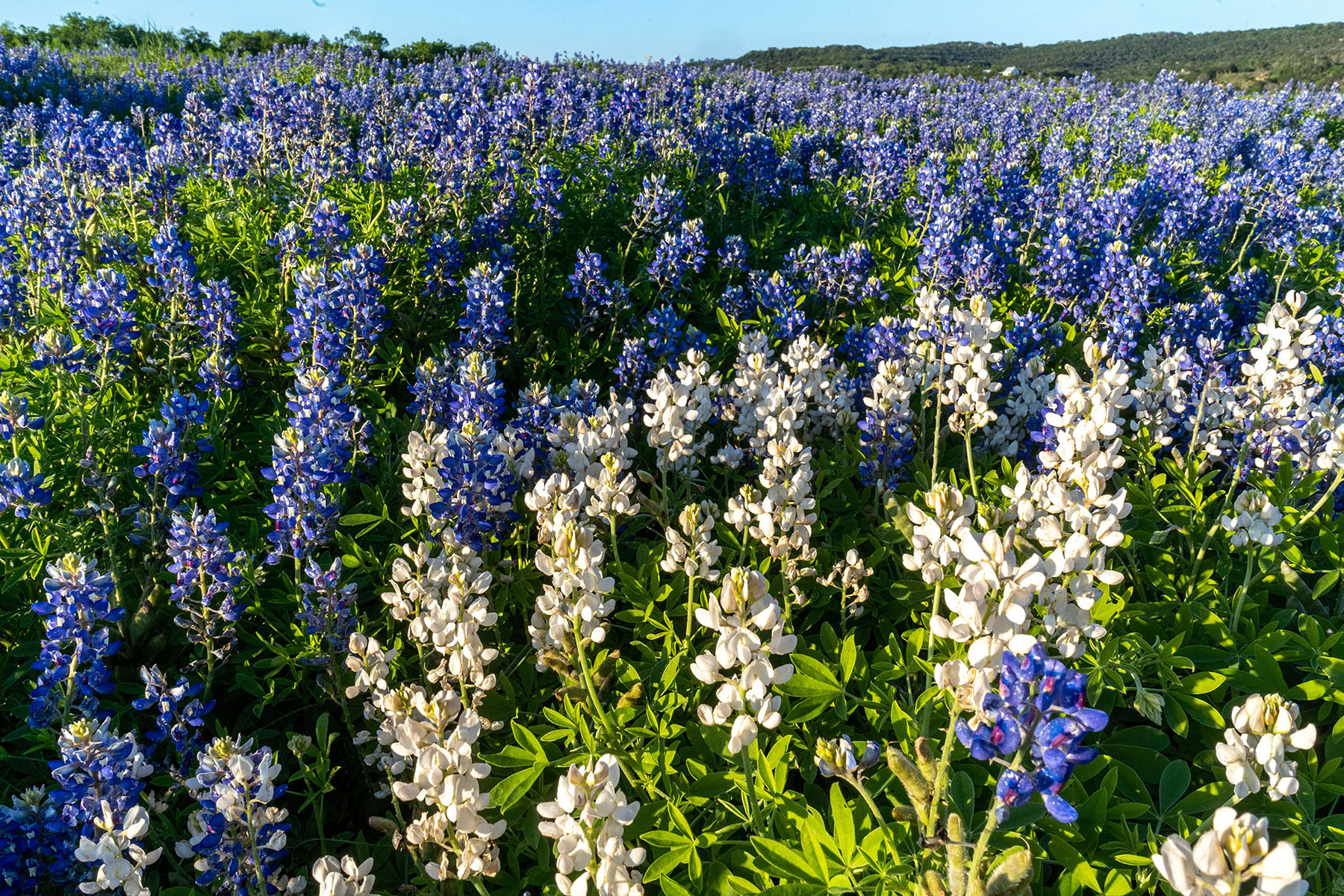
State Flower
Bluebonnet
Adopted: 1901, Updated: 1971
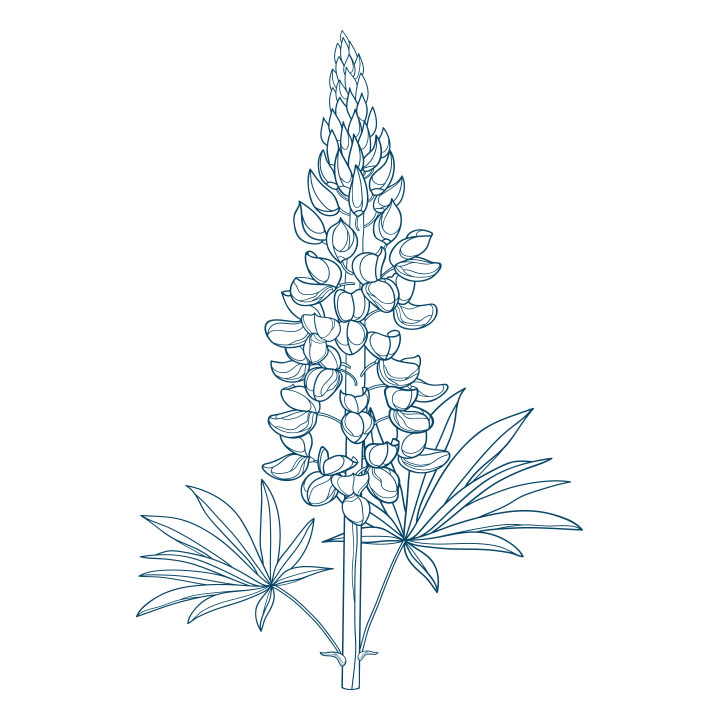
Also includes the State Flower Song, "Bluebonnets" by Julia Booth and Lora Crockett (adopted 1933); State Tartan (1989); State Bluebonnet Festival, Chappell Hill Bluebonnet Festival (adopted 1997); State Bluebonnet City, Ennis (adopted 1997); State Bluebonnet Trail, Ennis (adopted 1997)
Endemic to our state, bluebonnets grow from central Texas’ Blackland Prairie to the Big Bend, thriving in the Edwards Plateau’s arid conditions and often forming expansive carpets in pastures and along highways. Ennis, south of Dallas, is the state’s official “Bluebonnet City.” Portrayals of bluebonnets grace Texas galleries and living rooms, none more treasured than the original oil paintings of W.A. Slaughter, 1923-2003, a Lutheran minister and self-taught landscape painter.
So, it is fortunate the 1901 Legislature turned down a proposal for the cotton boll to be the state flower, choosing instead Lupinus subcarnosus. Otherwise, historian Jack Maguire’s ode could not have been written: “The bluebonnet is to Texas what the shamrock is to Ireland.”
In time, other bluebonnet species were identified, so the 1971 Legislature designated the most striking one, Lupinus texensis, in addition to the 1901 choice and “any other variety of bluebonnet not heretofore recorded.” A historical footnote: the other 1901 candidate for State Flower was the prickly pear, pushed by a young legislator who one day would become vice president of the United States, Jack Garner, nicknamed “Cactus Jack” because of the state flower controversy. Read more about the official state plant, the prickly pear, which got its due in 1995.
Learn • Go • Do
The oldest annual bluebonnet trail, whose course is updated annually, is in Ennis.
Chappell Hill’s festival is held in April, as are others in Ennis and Burnet. Burnet asserts it is Texas’ “Bluebonnet Capital,” which is partially true. Beginning in 1981, the Texas Legislature began designating various Texas places as “capitals” – as opposed to being official symbols. That year, Burnet and Llano counties were named state “Bluebonnet Co-Capitals,” celebrating the Hill Country’s contribution to bluebonnets’ annual pageantry.
Learn more from the Texas State Historical Association, the Lady Bird Johnson Wildflower Center (including why bluebonnets are seen on Texas roadsides), and the Texas Department of Transportation’s wildflower program.
In some respects, subsequent Texas legislatures may have overdone the native flower. Lyrics and music penned by two women from tiny Chappell Hill in Central Texas, Julia Booth and Lora Crockett, were enshrined as the state flower song in 1933. The song declares: “Blue is the emblem of loyalty / They’re as blue as the deep, deep sea, / Their smiling faces bring gladness, / For they bloom for you and for me.” A design called the “Texas Bluebonnet,” created by a Salado storekeeper of Scottish descent, was adopted in 1989 as our State Tartan. Featuring shades of blue with trim of red and green, it was previously registered with the Scottish Tartans Society.
In 1997, the state’s official bluebonnet festival became the one held annually in Chappell Hill, while Ennis was blessed in the same legislative resolution as the official bluebonnet trail site and the Texas bluebonnet city.
Read More

